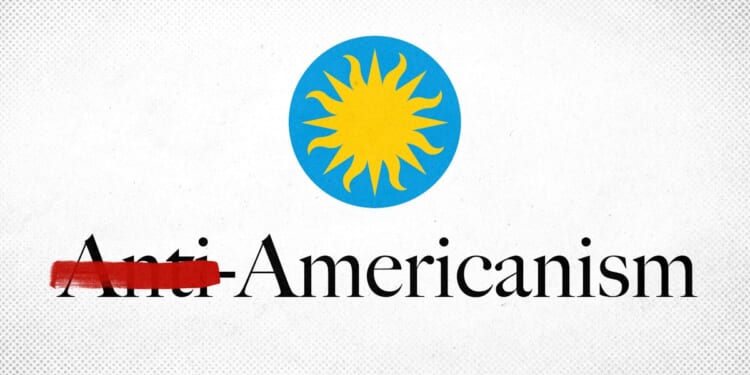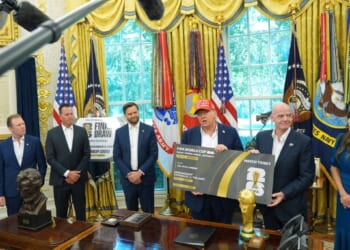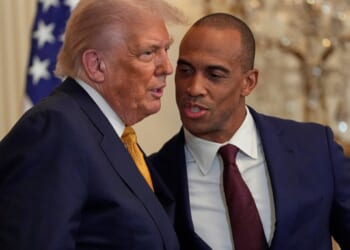Democrats have rushed to label President Donald Trump’s executive order to review the Smithsonian museums as an attack on history. That claim does not hold up. The review is long overdue because these taxpayer-funded institutions have strayed from their mission of teaching culture and history, replacing it with racially divisive ideology that has little to do with education.
As a Jewish student whose parents fled the Soviet Union, I understand what happens when institutions twist history for political purposes. My family lived under a system whereby truth was censored, identity was manipulated, and propaganda replaced education. They came to America to escape that environment.
Today, they are dismayed to see American museums adopt the same tactics under the label of “diversity, equity, and inclusion.”
The Smithsonian’s recent budgets show how entrenched DEI has become. In its 2024 budget, the Smithsonian requested and received $800,000 to establish an Office of the Head Diversity Officer, dedicated entirely to enforcing DEI.
By 2025, a second director-level position was added, creating two bureaucracies devoted exclusively to advancing these priorities. These offices shape which stories are told, how exhibits are framed, and who is hired.
The most striking example came from the National Museum of African American History and Culture, which released a chart on “White Culture.” It labeled traits such as “Self-reliance,” “Hard work is the key to success,” “Plan for the future,” and “Rational, objective thinking” as uniquely white.
These are not racial traits. Rather, they are universal values that have helped people of every background succeed. To suggest otherwise is to promote a false and racist assumption.
The chart also claimed Christianity was part of “white culture,” even though the majority of Christians worldwide live in Africa, Asia, and Latin America. It portrayed punctuality and viewing time as a commodity as “white” practices, reducing basic organizational skills to racial categories.
If a similar chart had been created about “Black Culture” or “Asian Culture,” it would have been condemned immediately. But because it targeted “whiteness,” the Smithsonian defended it as educational.
The budget documents also show how DEI reshapes exhibitions and hiring. In 2025, the Smithsonian requested more than $1.3 million in pay increases tied directly to DEI oversight.
Under the Biden administration, the National Air and Space Museum collaborated with a DEAI (diversity, equity, accessibility, and inclusion) content lead to reshape exhibitions, while an associate director for community engagement was tasked with advancing DEI priorities. Hiring panels must be “diverse,” and interviews must include DEI-related questions, making ideological compliance a condition of employment.
Funding sources reinforce this agenda. The National Museum of African Art accepted a $1.5 million grant for its “Global Religions of Africa Initiative,” which explicitly framed its purpose around “diversity, equity, accessibility, and inclusion.” While cultural research is valuable, tying funding to DEI mandates ensures that history will be filtered through ideology rather than presented as fact.
This direction undermines the Smithsonian’s core mission. Museums belong to all Americans. They are funded with more than a billion dollars annually from taxpayers of every race, religion, and political belief. When museums use public funds to push one ideology, they stop being neutral educational institutions and become political actors. That is why President Trump’s review is both justified and necessary.
The review does not erase history, as Democrats claim. Instead, it restores accountability by ensuring taxpayer dollars are spent responsibly and that exhibits reflect facts rather than politics. It guarantees that students like me can walk into a Smithsonian museum without being told that their values or identity are oppressive.
Museums should not divide visitors into categories of victims and oppressors. They should present the full scope of history for everyone to learn.
If the Smithsonian truly wants to inspire the next generation, it should welcome the president’s review. Public museums should unite us through shared history, not divide us with ideological filters.















